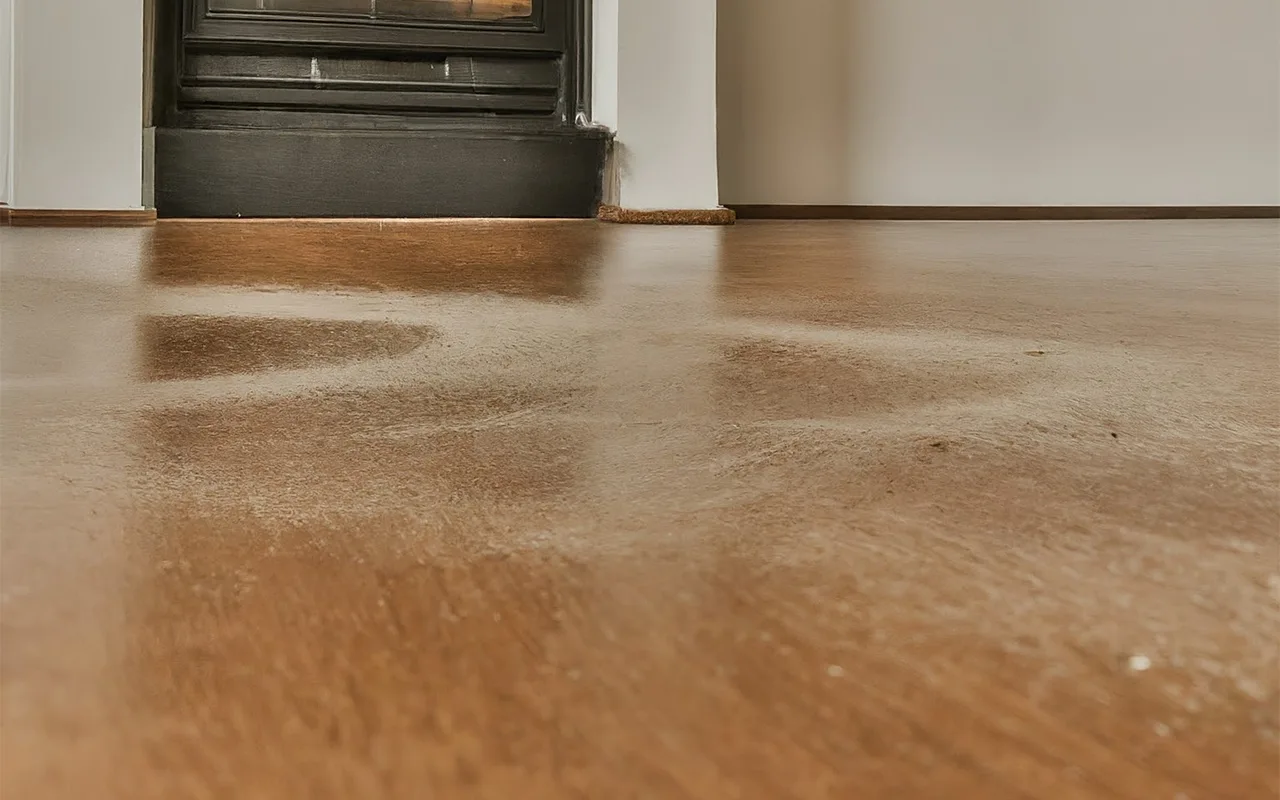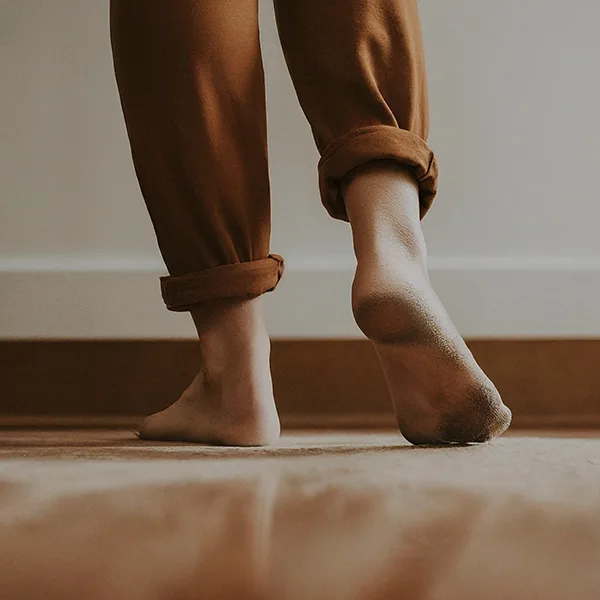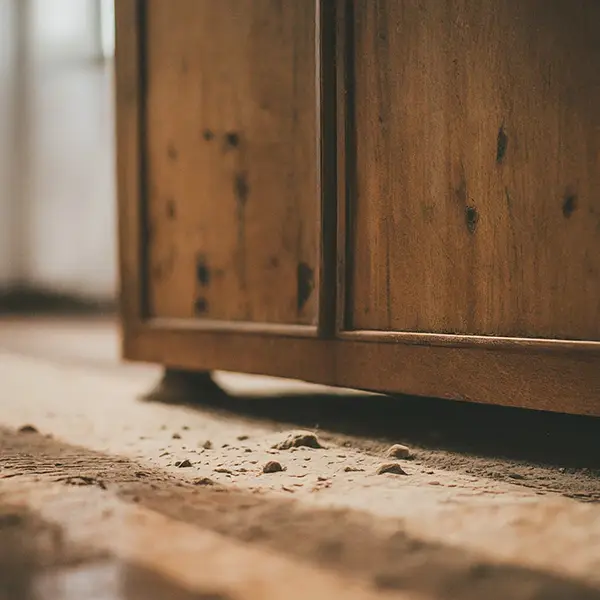
Dust your house at least once a week to maintain cleanliness and reduce allergens in your home. Dusting regularly helps to create a healthy environment and improve indoor air quality, ensuring a fresh and dust-free living space for you and your family.
By taking the time to dust weekly, you can minimize the accumulation of dust particles on surfaces, furniture, and other belongings, making it easier to clean and maintain a tidy home.
Keeping up with regular dusting can also prevent dust mites and other allergens from spreading, reducing the risk of allergies and respiratory problems.
Take the necessary steps to maintain a clean and dust-free home by incorporating regular dusting into your cleaning routine.
The Importance Of Dusting
When it comes to maintaining a clean and healthy home, dusting plays a crucial role. Dust can accumulate quickly and easily, and ignoring it can lead to a variety of problems. Dusting your house regularly not only improves the overall appearance of your home but also contributes to the well-being of your family.

Health Benefits
Dusting your house regularly has many health benefits. Dust consists of a wide range of particles, including pollen, pet dander, bacteria, and mold spores. Allergens and irritants present in dust can cause respiratory problems, especially for individuals with asthma or allergies.
Dusting helps to remove these particles from surfaces, reducing the risk of breathing them in and triggering allergies or asthma attacks. By getting rid of dust, you can create a cleaner and safer indoor environment for your family. Regular dusting is especially important for households with pets or individuals with allergies or respiratory conditions.
Preservation Of Household Items
In addition to the health benefits, dusting also helps in preserving your household items. Dust particles can accumulate on surfaces, such as furniture, electronic devices, and decorations, causing damage over time. Dust can scratch delicate surfaces, stain fabrics, and even affect the performance of electronic equipment.
| Benefits of Dusting: |
|---|
| • Prevents scratches and damage to furniture |
| • Maintains the longevity of electronic devices |
| • Preserves the quality and appearance of decorations |
Regular dusting helps to remove dust particles from these surfaces, preventing potential damage and maintaining the quality and appearance of your belongings. It is essential to dust not only visible surfaces but also hard-to-reach areas, such as behind furniture or on top of shelves, as dust can accumulate in these areas as well.
Factors to Consider
Keeping a dust-free home is not only crucial for maintaining cleanliness but also for the overall health and well-being of your family. However, knowing how often to dust your house can be a bit of a challenge. Several factors come into play when determining the frequency of dusting. In this section, we will explore three key factors to consider: indoor air quality, household habits, and pets.

Indoor Air Quality
The quality of the air inside your home plays a significant role in how quickly dust accumulates. If you live in an area with high air pollution or near a busy road, you may find yourself needing to dust more frequently. Similarly, if you often keep your windows open, dust particles from outside can easily find their way in. It is advisable to monitor your indoor air quality with the help of air purifiers and take appropriate measures accordingly.
Also Read: 25 Ways to Make Your House Smell Good All the Time
Household Habits
Your own daily activities and household habits can greatly impact the amount of dust in your home. For instance, if you frequently cook or bake, the airborne particles from these activities can settle on surfaces and contribute to the build-up of dust. Similarly, if you have a habit of leaving windows open for extended periods, you may find that more dust enters your home. By being mindful of your habits and making small adjustments, such as properly sealing windows or using exhaust fans when cooking, you can reduce the amount of dust in your home.
Also Read: 13 Habits of People Who Always Have a Clean Home
Pets
If you have pets at home, you are likely familiar with the constant battle against pet hair and dander. Pets shed their fur regularly, and this can contribute to dust accumulation. Additionally, pet dander, which is made up of microscopic skin flakes, can trigger allergies and asthma in some individuals. If you have pets, especially ones with long hair, you may need to dust more often to keep the dust and pet dander under control. Regular grooming of your pets can also help minimize the amount of shedding and dander in your home.
The frequency of dusting your house depends on various factors, including indoor air quality, household habits, and the presence of pets. By considering these factors and making small adjustments in your daily routine, you can create a cleaner and healthier living environment for you and your family. Remember, regular dusting not only keeps your home sparkling but also ensures the well-being of your loved ones.
Recommended Dusting Frequency
Maintaining a dust-free home is crucial for a healthy environment. The recommended dusting frequency varies between once a week to every two weeks, depending on factors such as the number of occupants and pets, and the presence of allergies or respiratory issues.
Dusting is an essential household chore that keeps your home clean, allergen-free, and looking its best. But how often should you dust your house to maintain a healthy living environment?
General Guidelines
When it comes to dusting, a general rule of thumb is to dust your house at least once a week. However, various factors can influence the frequency of dusting, including the size of your household, the number of occupants, the presence of pets, and the level of indoor air pollution.
For larger households or households with pets and allergies, it may be necessary to dust more frequently, such as every two to three days. This ensures that allergens, pet dander, and dust mites are prevented from accumulating and causing respiratory issues.
Moreover, if you live in a dusty environment or have open windows frequently, you may need to increase the frequency of your dusting routine to keep your home dust-free and maintain optimal air quality.
Specific Areas And Items
Dusting isn’t just about wiping down your furniture and surfaces. Certain areas and items in your home require special attention to ensure thorough cleaning. Here are some specific areas and items that should be included in your regular dusting routine:
| Area/Item | Recommended Dusting Frequency |
|---|---|
| Flat Surfaces (countertops, tabletops) | Weekly |
| Flooring (wood, tile, laminate) | Weekly |
| Electronics (TVs, computers) | Bi-weekly |
| Carpets and Rugs | Weekly |
| Shelves and Bookcases | Bi-weekly |
| Window Blinds and Curtains | Monthly |
| Air Vents and Registers | Monthly |
Remember that these recommended frequencies are general guidelines and can be adjusted based on your specific circumstances. Additionally, always consider cleaning areas/items that tend to collect dust more frequently, even if they are not included in the table above.
How To Effectively Dust Your House
Wondering how often to dust your house? Keep your home clean and healthy by dusting surfaces at least once a week to remove allergens, dirt, and dust mites.
Keeping your house clean and free from allergens is essential for a healthy living environment. Dusting plays a crucial role in maintaining cleanliness, but how often should you be dusting? And more importantly, how can you dust your house effectively?
Tools And Techniques
Having the right tools and using the proper techniques can make your dusting efforts more efficient and effective. Here are some tools and techniques to help you get the job done:
- Dusting cloths: Using a microfiber cloth or an electrostatic duster can help attract and trap dust particles better than regular cloths.
- Dusting spray: Consider using a dusting spray on your cloth to pick up dust more easily, while also leaving a fresh scent behind.
- Feather duster: A feather duster can come in handy for quickly dusting delicate objects and hard-to-reach areas.
- Extension pole: Invest in an extension pole for your duster to reach high ceilings, ceiling fans, and tall furniture without having to use a ladder.
- Vacuum cleaner with attachments: For areas like carpets, upholstery, and curtains, use your vacuum cleaner with the appropriate attachments to suck up the dust.
Remember, when dusting, start from the top and work your way down to avoid redistributing dust onto already cleaned areas.
Key Areas To Focus On
While dust can accumulate throughout your entire house, certain key areas require more attention. By focusing on these areas, you can maximize the effectiveness of your dusting routine:
- Furniture surfaces: Tables, shelves, and cabinets tend to collect a significant amount of dust. Pay extra attention to these surfaces and use an appropriate tool to ensure they are thoroughly dusted.
- Electronics: Gadgets and appliances attract dust like magnets. Use a soft cloth or a duster specifically designed for electronics to remove dust from screens, keyboards, and vents.
- Floors: Dust settles on floors and easily gets stirred up when walking around. Regularly sweep or vacuum hard floors, and don’t forget to move furniture to access those hard-to-reach spots.
- Air vents and grilles: These often get neglected, but they accumulate dust over time. Use a duster or vacuum attachment to remove dust from air vents and grilles to maintain clean air circulation.
- Window sills and blinds: These areas tend to accumulate a lot of dust and dirt. Wipe down window sills and use a duster or microfiber cloth to clean blinds, ensuring a dust-free view.
By dedicating some time to effectively dust your house and focusing on key areas, you can create a cleaner and healthier living environment for you and your family.
Also Read: 19 Easy Tips on How to Reduce Dust in Your Home
Maintaining A Dust-free Environment
Maintain a dust-free environment by regularly dusting your house. Set a schedule to dust every 1-2 weeks, paying attention to areas prone to accumulation such as shelves, furniture, and electronics. Keep your home clean and allergen-free for a healthier living space.
Maintaining a Dust-Free Environment
Few things can be as satisfying as a clean, dust-free home. Aside from the aesthetic appeal, a dust-free environment also creates a healthier living space. Regular dusting not only enhances the visual appearance but also eliminates allergens and promotes better air quality. Here’s a closer look at how to maintain a dust-free environment through preventative measures and a regular cleaning schedule.
Preventative Measures
Implementing preventative measures can significantly reduce the amount of dust build-up in your home. Start by placing doormats at all entrances to trap dirt and dust from outdoor elements. Additionally, consider using air purifiers with HEPA filters to capture airborne particles and allergens. Seal any gaps and cracks in windows and doors to prevent dust from entering the house. Investing in washable curtains and blinds can also contribute to a dust-free environment.
Regular Cleaning Schedule
Establishing a regular cleaning schedule is essential for maintaining a dust-free environment. Create a weekly routine that includes dusting all surfaces, including furniture, shelves, and electronics. Using microfiber cloths or electrostatic dusters can effectively capture and remove dust particles without spreading them into the air. Regular vacuuming of carpets, rugs, and upholstery is crucial to minimize dust accumulation. Don’t overlook frequently forgotten areas such as ceiling fans, light fixtures, and air vents. Changing and washing bedding, linens, and curtains at least once a week can also contribute to a cleaner and dust-free living space.
By implementing these preventative measures and adhering to a regular cleaning schedule, you can significantly reduce dust accumulation in your home and maintain a healthier living environment.
Frequently Asked Questions Of How Often Should You Dust Your House
What Happens If You Don’t Dust Your House?
If you don’t dust your house, dust accumulates and can lead to allergies, asthma, and other respiratory issues. Regular dusting helps maintain indoor air quality and reduces the risk of these health problems.
Why Does My House Get So Dusty Quickly?
Dust in your home may accumulate quickly due to factors such as lack of air filtration, high foot traffic, pets, and outdoor conditions. Regular cleaning and maintenance can help reduce dust build-up. Consider using air purifiers and keeping windows closed to minimize dust entry.
How Do You Properly Dust Your House?
To properly dust your house, start from the top and work down. Use a microfiber cloth to trap dust. Dust all surfaces and hard-to-reach areas. Don’t forget to clean electronics and lampshades. Vacuum the floors and carpets to capture any leftover dust.
How Much House Dust Is Normal?
House dust varies from home to home, but a normal amount is typically around 20 pounds per year.

Final Thoughts
Regular dusting is essential for maintaining a clean and healthy home environment.
By understanding the frequency at which you should dust your house, you can effectively manage allergens, dust mites, and other particles that accumulate over time.
Remember, a consistent cleaning schedule tailored to your household’s needs, lifestyle, and comfort is key.
So, strive for a dust-free haven and embrace the benefits of a well-maintained home.
